Description
Kalamkari Painting
Under medieval Islamic rule, the term Kalamkari was derived from the words “kalam”, which means “pen” in Telugu, and “kari”, which means craftmanship. Kalamkari Painting became popular under the patronage of the Golconda sultanate.
Kalamkari Paintings a type of hand-painted or block-printed cotton textile produced in Isfahan, Iran, and in the Indian states of Andhra Pradesh and Telangana. Only natural dyes are used in Kalamkari, which involves twenty-three steps. There are two distinctive styles of Kalamkari art in India – the Srikalahasti style and the Machilipatnam style.
The first step in creating Kalamkari is steeping it in astringents and buffalo milk and then drying it under the sun. Afterwards, the red, black, brown, and violet portions of the designs are outlined with a mordant and cloth are then placed in a bath of alizarin. The next step is to cover the cloth, except for the parts to be dyed blue, in wax, and immerse the cloth in indigo dye. The wax is then scraped off and the remaining areas are painted by hand, similar to Indonesian batik.
Best wall art design solutions for an apartment, small & large houses, villas, restaurants, hotels and office. Price range from low budget to the most expensive genuine traditional Indian folk Art. You can buy genuine traditional Indian paintings online from anywhere in the world, directly from traditional artists.

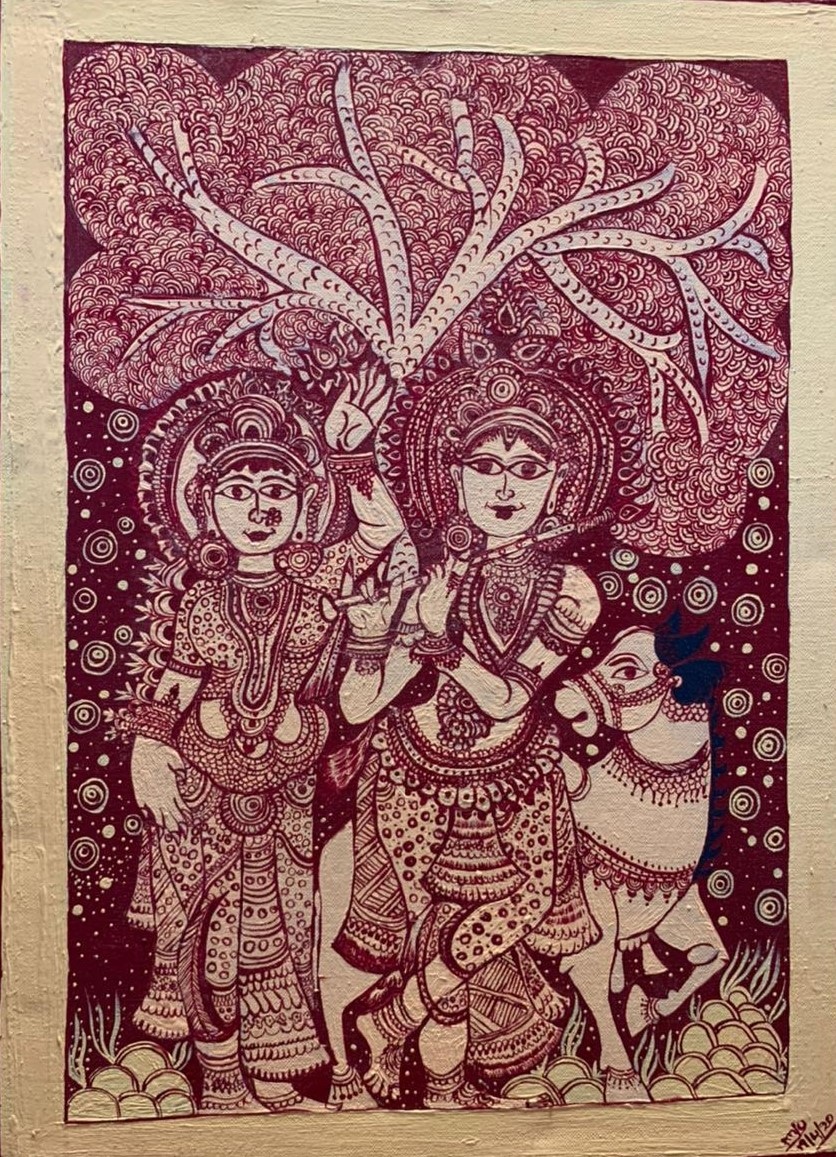
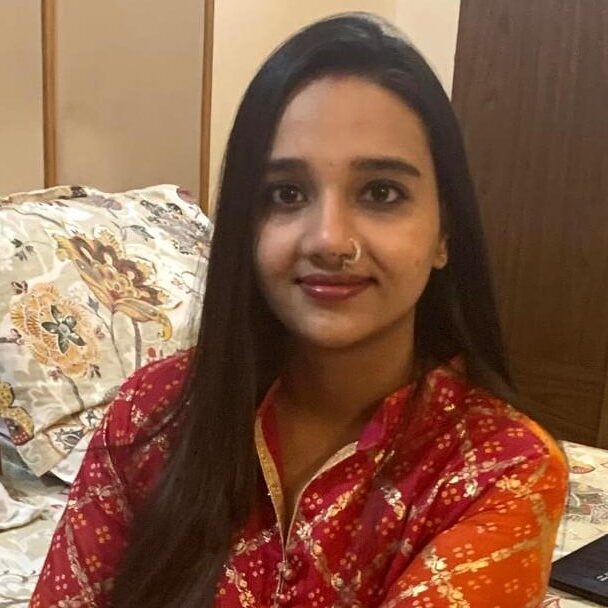
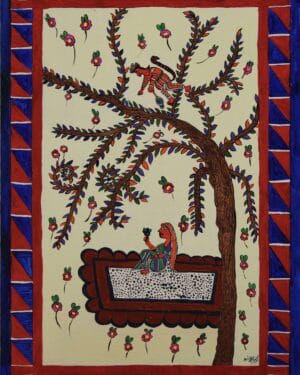
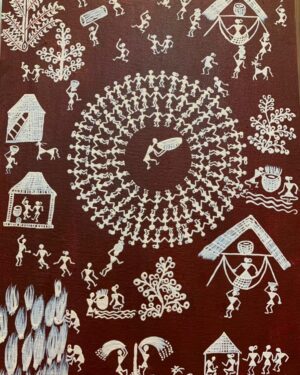
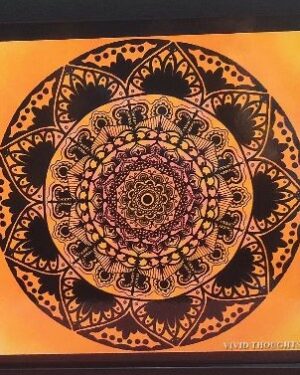

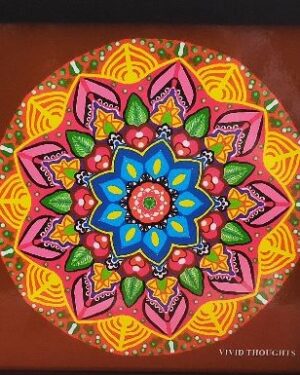
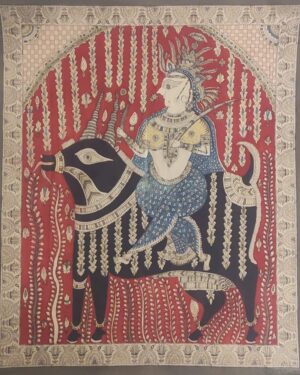
Reviews
There are no reviews yet.